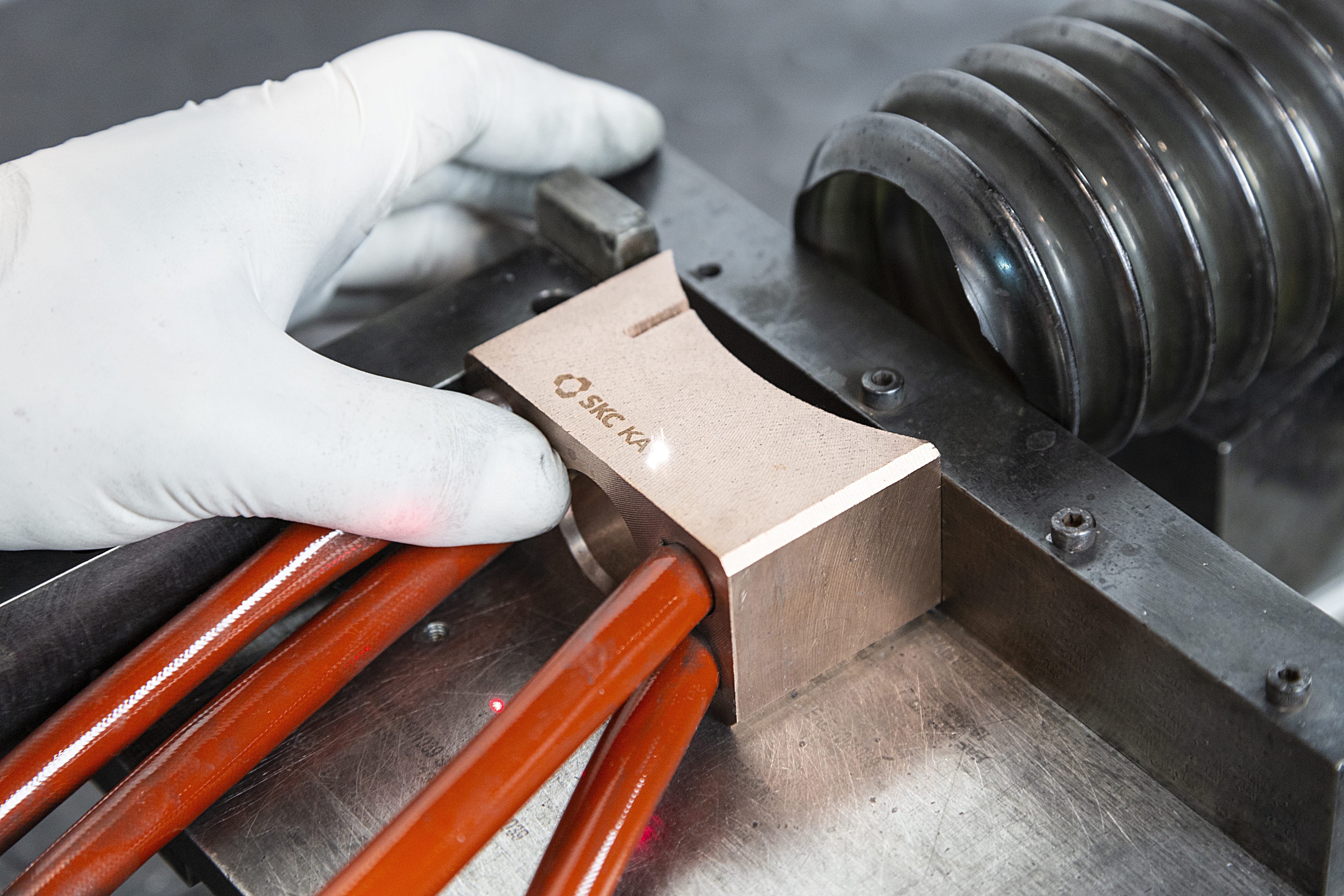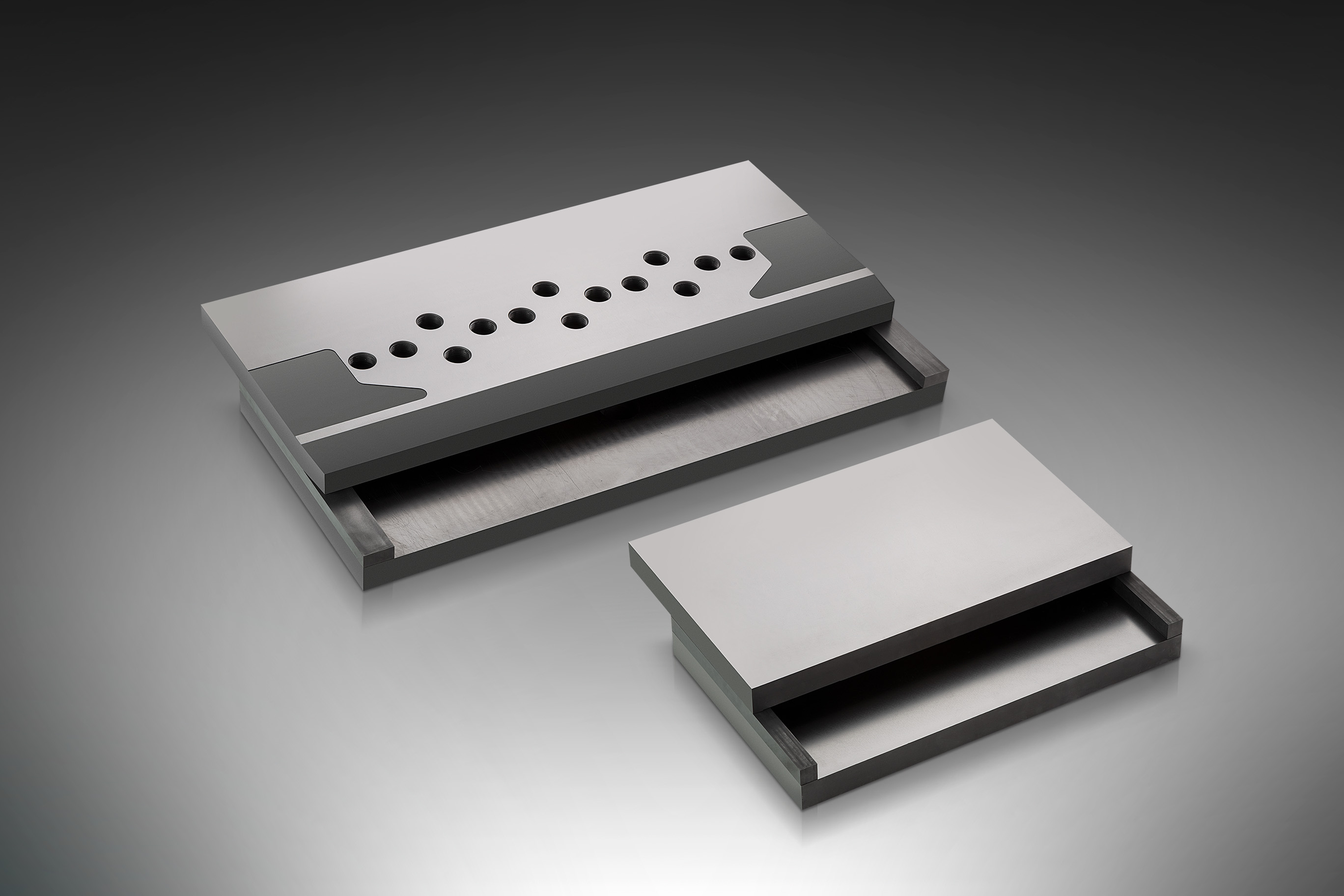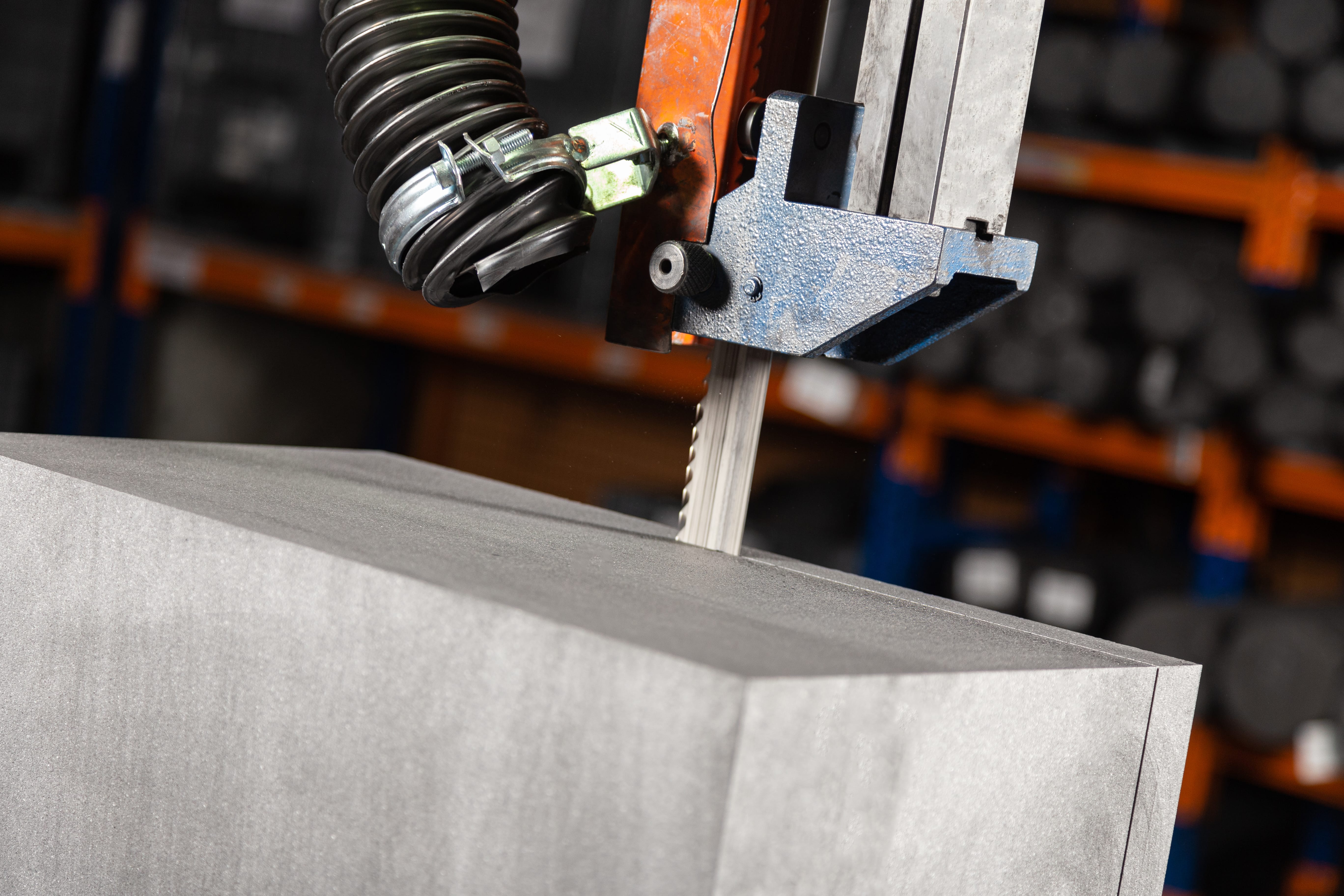Lapping Carbon Brushes
The matching of the brush to the surface of the ring or collector is created by acclimatizing the brushes. Many techniques are used for this process:
1. Carbon brushes are placed in the brush holder. A belt sander (80 - 100 grit) is placed between the brush and the collector or collar and pulled back and forth in a tangential direction. After the working surface of the brush is roughly seated on the surface of the collector or ring, the abrasive is lapped by pulling the abrasive only in the direction of rotation of the machine so that the contact surface takes its final shape. As the strip is retracted, the brush is lifted up and given a free pass. In this way, the brush running-in process is completed by creating the actual situation in which the brushes will be located while the machine is running.
2. Belt sandpaper is wrapped around the collector or bracelet and fixed in place with adhesive tape. Then the brushes are placed in the holder). the rotor is rotated manually in the working direction of the machine (applied in medium size machines).
3.With the carbon brushes in place, the machine is started at no load, preferably at low speed. With a surface cleaning stone held in front of all brush groups in turn, both the collector is cleaned and the brushes are acclimatized with the intervening stone dust. This lapping method is particularly suitable for large DC machines (see Fig. 2). The lapping process is completed when about 70% of the brush surface is lapped onto the collector/ring surface. After lapping, the carbon brushes should be removed and the machine cleaned with compressed air that cannot contain oil.




.jpg)

.jpg)
.jpg)
